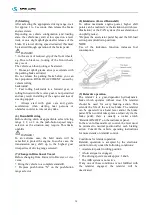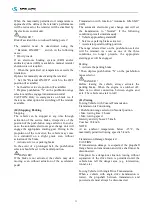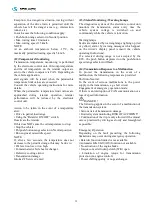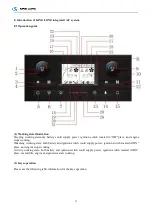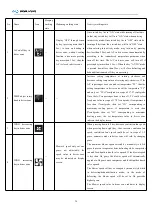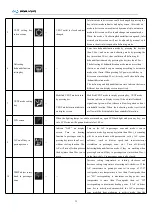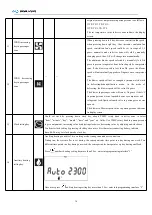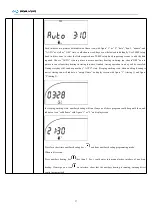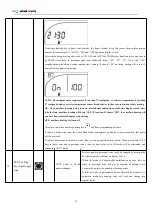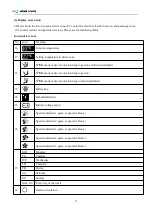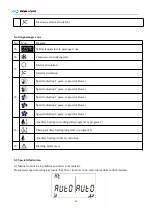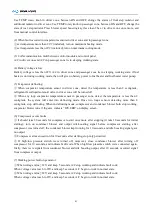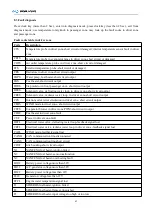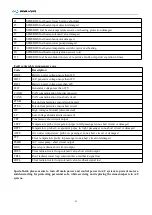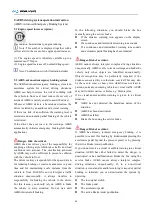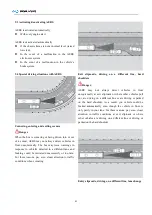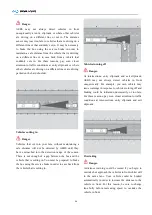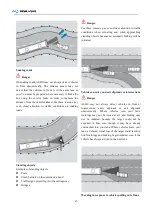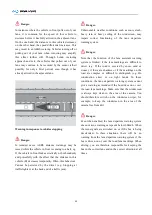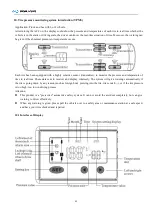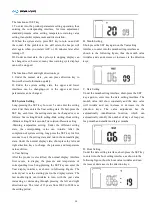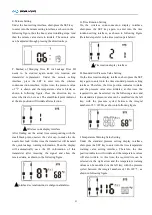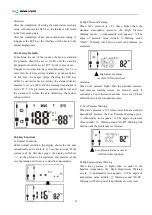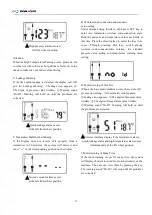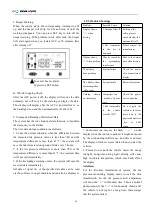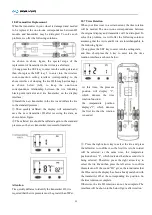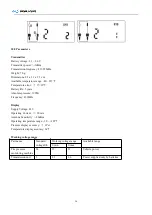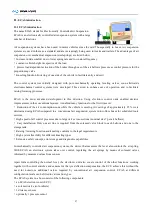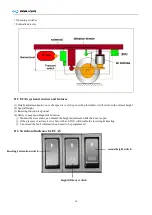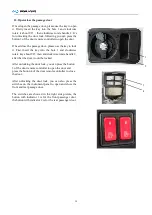
44
9. AEBS driving system operation instruction
(AEBS: Advanced Emergency Braking System)
9.1 Engine speed increase (option)
Precondition: bus stationary, engine running.
Note: This symbol is displayed together with a
yellow alert in the event of an engine speed increase.
(1) The engine speed is infinitely variable up to a
maximum of 750rpm.
(2) Engine speed increase off, normal idling speed
Note: Combination switch, illustration similar.
9.2 AEBS-advanced emergency braking system
The AEBS-advanced emergency braking system is an
assistance system for critical driving situations.
AEBS can help to minise the risk of colliding with
the vehicle in front or at least reduce the severity of
accident. AEBS is merely an aid to assist the driver.
Whenever AEBS detects a hazardous situation, the
driver is alerted by an audible and a visual warning.
If there is a risk of an collision, the warning level is
escalated and automatic partial braking of the vehicle
is initiated.
If the driver does not react to the warnings, AEBS
automatically initiates emergency braking(full brake
application).
Danger. Risk of accident.
AEBS does not relieve you of the responsibility for
adopting a driving style which takes traffic and road
conditions into account. The deceleration achieved
by AEBS may not be sufficient to prevent a collision
with the vehicle in front.
The driver is always responsible for the speed driven,
for initiating braking or evasive manoeuvres in good
time and for maintaining a safe distance from the
vehicle in front. If AEBS can not interpret a traffic
situation unequivocally, it always transfers to
responsibility for braking the vehicle to the driver.
For this reason, you should rely on AEBS to brake
the vehicle in every situation. Do not wait until
AEBS initiates full braking.
In the following situations, you should brake the bus
manually using the service brake:
If the distance warning icon appears on the display
screen.
If a continuous and intermittent warning tone sounds.
If a continuous and intermittent warning tone sounds
and automatic partial braking has been initiated.
Danger. Risk of accident.
AEBS cannot always interpret complex driving situations
unequivocally. AEBS is able to issue warnings and brake the
vehicle only when objects are identified unequivocally.
Objects recognition may be particularly impaired if the
distance sensor is dirty or otherwise covered. This may also
be the case in snow or heavy rain. AEBS does not react to
persons, animals, oncoming vehicles or cross traffic. AEBS
may fail to detect narrow vehicles, e.g. Motorcycles.
If no visual and/or audible warning is given in a critical
situation,
AEBS has not detected the hazardous nature of the
situation.
AEBS has been deactivated.
AEBS has failed.
Brake the bus using the service brake.
Danger. Risk of accident.
If AEBS has already initiated emergency braking, it is
possible to cancel this braking by kickdown(depressing the
accelerator pedal beyond the pressure point) or by pressing
the Active Brake Assist pushbutton.
If you do not receive a visual or audible warning in a critical
situation, AEBS has either failed to detect the danger, is
deactivated or has malfunctioned. Brake the bus using the
service brake. AEBS cannot always interpret complex
driving situations unequivocally. If, in a non-critical
situation, a visual and/or audible warning is issued or partial
braking is initiated, you can deactivated the system by
operating.
The turn signal switch
The brake pedal
The accelerator pedal
The active Brake Assist pushbutton.

